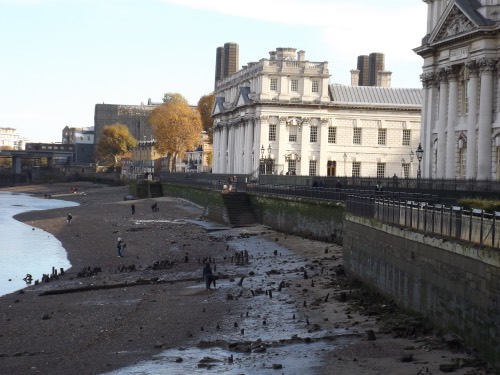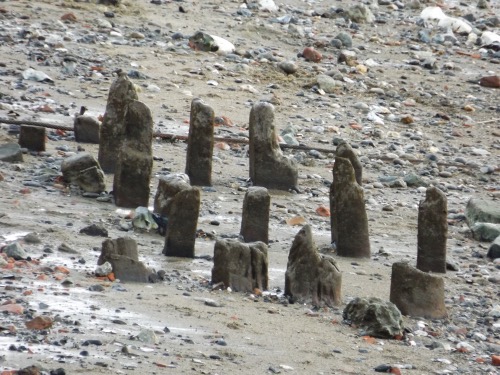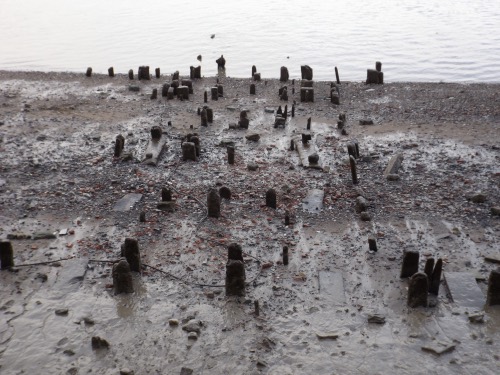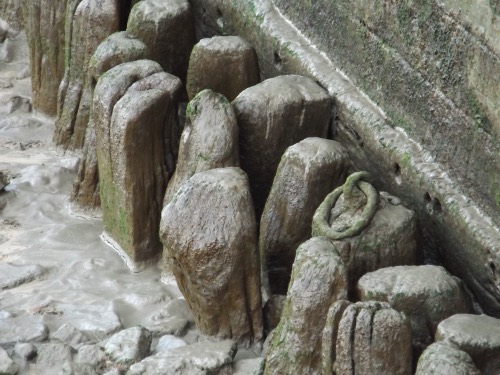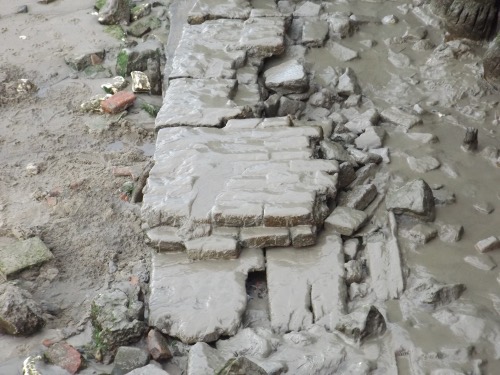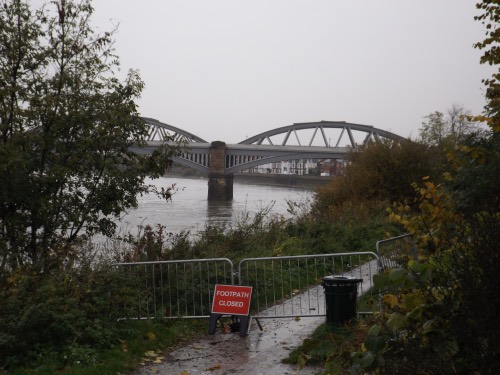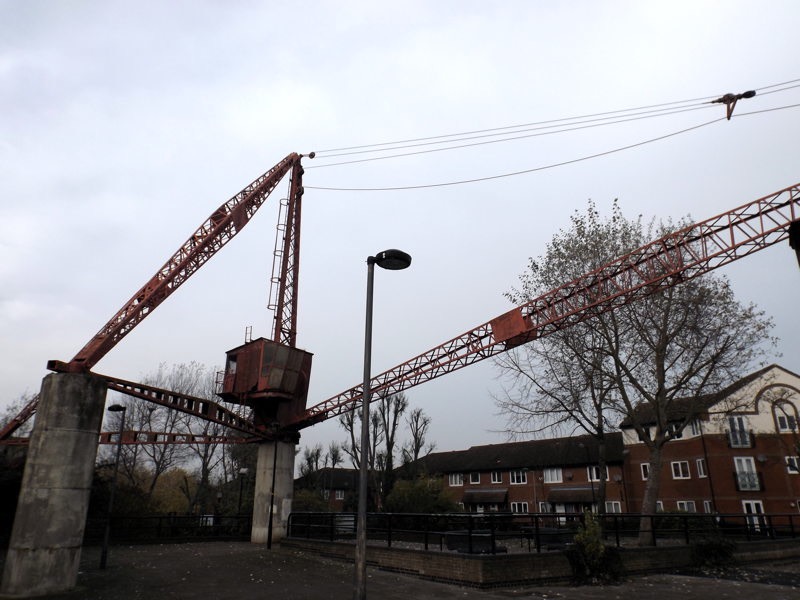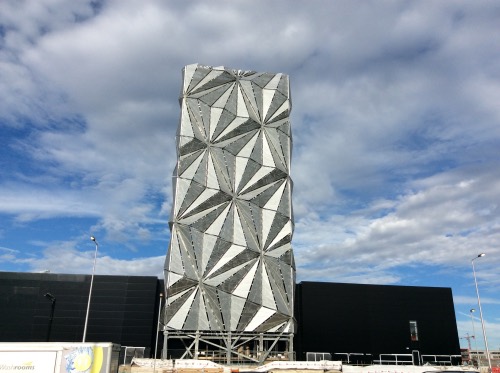MPs from five political parties have supported an early-day House of Commons motion to save HMS President, said Julian Lewis MP (Con).
He was opening a debate in the House of Commons on Thursday calling on the government to support the return of the ship to a mooring on the Thames.
She has been familiar sight by the Embankment just west of Blackfriars Bridge and often looked resplendent on royal birthdays when dressed overall.
The vessel is now in Chatham having had to make way for Thames Water Super Sewer works.
Her proposed new mooring, further east but still in the City of London, is in front of St Magnus Church between London Bridge and Old Billingsgate.
Dr Lewis gave the House a good history of the ship and the present dilemma: “Launched in January 1918, HMS Saxifrage, as she was then called, was designed to protect the vital merchant shipping on which our country depended. Crewed by 93 men, she was a Flower-class anti-submarine Q-ship. These sloops were originally intended to be minesweepers, but with the growing threat from submarines they were transferred to convoy escort duties. What makes their tale, and that of HMS President in particular, so historically significant was that they were deliberately configured as bait for U-boats. They were fitted out to look like merchantmen in order to invite attack by submarines on the surface, sometimes when investigating why their first torpedo had failed to finish off a vessel which in reality was packed with hidden buoyancy aids and armed with hidden large-calibre guns.
“At the start of a U-boat attack, “panic parties” would frantically abandon ship while the gun crew stayed out of sight until the submarine came within range. Then, the Q-ship would run up the White Ensign, break out the concealed guns and open fire. It is worth noting the extreme bravery of those who served aboard these ships: they were sitting targets putting their lives on the line for their families, their friends and our ?country. As I have mentioned in this House once before, when the same hazardous technique was tried in world war two it met with disaster, and the Q-ships Cape Howe and Willamette Valley were sunk in June 1940 with considerable loss of life, including the courageous father of my friend Ray Brooks, Stoker Bert Brooks, who served in the Cape Howe’s engine room.
“The President is the last surviving example of this type of vessel, but her work did not end with the Armistice of November 1918. Four years later, she came in from her service on the high seas to find a permanent mooring on the Thames. In the heart of London, her role became that of a Royal Naval Reserve drill ship, and the Saxifrage was renamed HMS President. During the inter-war period she played a crucial role in training our country’s naval personnel, but her combat days were renewed during the Blitz. She was fitted out with anti-aircraft guns and helped to defend some of London’s most famous landmarks, including St Paul’s Cathedral and, of course, the Houses of Parliament. Not only was she protecting London’s skies, but she was fulfilling a more covert function. Her cabins and compartments were secret meeting places for the Special Operations Executive, which planned sabotage and subversion in occupied Europe, and she also served as a headquarters for the French Resistance.
“At the end of world war two, HMS President remained on the Thames and renewed her role as a training vessel. Together with her sister-ship, HMS Chrysanthemum, also moored near Blackfriars Bridge, she was the home of the London division of the Royal Naval Reserve, which was when I first encountered her, as an RNR seaman, in the late 1970s.
“In 1988, her military role finally came to an end. She was taken on by a social enterprise company and became a successful venue for start-up firms and for corporate and charity events. She served as an iconic location for some leading companies, and continued to provide a valuable educational and cultural space for schoolchildren, sea cadets, veterans and members of the public.
“That brings me to her current predicament. From the time she was taken into private ownership in 1988, she was financially self-sustaining. However, in February this year, due to the pending works on London’s super-sewer, she had to leave her moorings on the Embankment. The site was about to become an outflow for the new sewer system and, as such, was no place for an important heritage vessel.
“That caused her to be taken to Chatham docks, very close to the area represented by my hon. Friend the Minister, who may, I trust, pay her a visit if she has not done so already. It is, unfortunately, during HMS President’stime there that her condition has steadily deteriorated—that is no fault of the Minister’s—and the move has meant that she can no longer generate the steady flow of income that previously paid for her upkeep. She is now showing her age: in some areas, the hull is just a few millimetres thick. There is no doubt that her situation is precarious and that restoration work cannot be postponed.
“The HMS President Preservation Trust applied to the Treasury for just under £3 million of LIBOR money. About half of that was to fund the restoration of the ship herself, including the hull, the original deck gun, which will be reinstated if the ship survives, the navigation equipment and so on. The other half was to construct a ?new mooring on the north bank of the Thames, just to the east of London bridge. This mooring would restore HMS President to her rightful home on the Thames, where she had been for more than 90 years. It has been specifically designed to make her even more accessible to the public, ensuring that she can serve for generations to come.”
Kirsten Oswald MP (SNP) said that the frigate Unicorn, the oldest British-built warship still afloat, brought tourists to Dundee.
She could have added that RSS Discovery, once berthed on the Embankment and seen from the South Bank’s Cornwall Road, is now also a Dundee tourist attraction.
Jim Fitzpatrick (Lab) assured Dr Lewis that he had the support of Labour Members for his campaign to preserve HMS President.
Culture Minister Tracey Crouch, replying to the debate, said that the HMS President Preservation Trust should continue its discussions with the National Heritage Memorial Fund.
